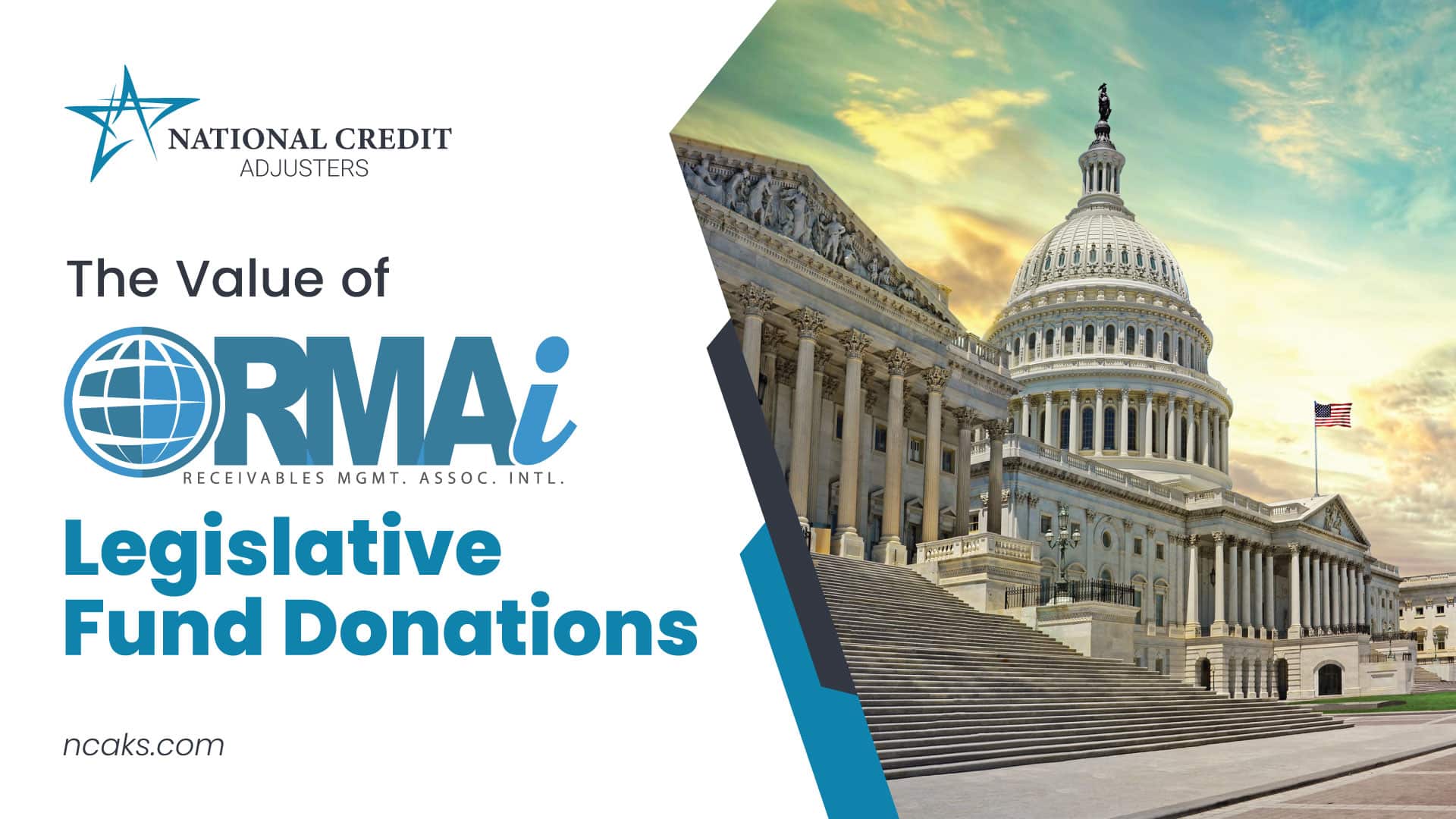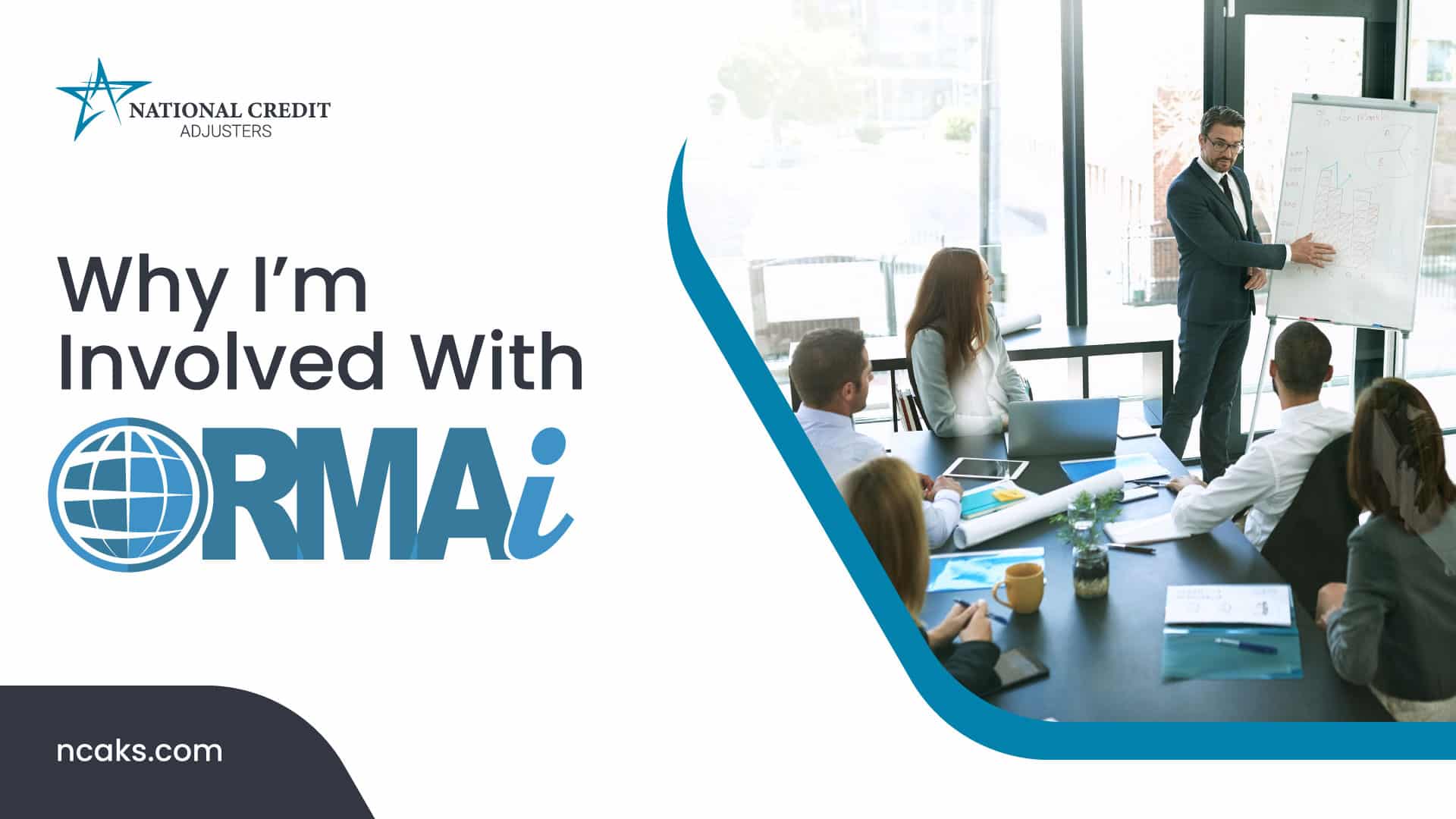
Building a Living, Breathing Compliance Management System for Debt Collection Companies
In today’s regulatory climate, compliance is not a static checklist but a living, breathing system that must evolve in step with industry expectations and legal standards. This article explores how debt collection agencies can build a responsive compliance management system that addresses risk assessment, maintains legal integrity, and fosters a culture of continuous improvement.
Redefining Compliance in an Evolving Regulatory Environment
Compliance in the accounts receivable management (ARM) industry has undergone a paradigm shift. No longer limited to binder-based manuals or one-time policy rollouts, compliance must now function as a proactive system that identifies, mitigates, and adapts to risk. For agencies navigating Consumer Financial Protection Bureau (CFPB) and attorney general scrutiny, shifting consumer expectations, and rapidly changing technologies, static processes fall short.
To remain competitive and resilient, agencies must architect a compliance management system (CMS) that adapts in real time—a system that learns from audits, integrates regulatory updates, and reflects the day-to-day reality of operations.
A Living System Rooted in Process and People
A modern CMS is not built solely on documentation. It is rooted in the habits, knowledge, and adaptability of an organization. Effective systems are driven by leadership commitment and reinforced by empowered staff who are trained not just on rules, but on context. This means involving team leads in post-audit reviews, encouraging questions at all levels, and facilitating scenario-based training that evolves with operational data.
When compliance is understood as a living process, it gains agility. Policies become responsive rather than rigid, and employees become contributors to compliance rather than passive recipients. This shift minimizes legal risk in debt collection because it promotes ongoing vigilance, shared responsibility, and accountability across departments.
Risk Assessment as a Continuous Discipline
In the ARM industry, risk assessment cannot be a once-a-year exercise. Regulatory expectations and internal workflows change too rapidly. Agencies need a cyclical approach to risk: one that includes routine evaluation of vendor behavior, system logs, consumer complaints, and collection scripts. This process must be owned by cross-functional teams and informed by data.
A strong CMS actively tracks where risk originates—whether from data handling practices, communication strategies, or third-party relationships. By maintaining open communication channels and performing structured vendor assessments, agencies can reduce their exposure to regulatory scrutiny and reputational damage. This not only protects operations but builds a transparent, audit-ready culture.
Beyond Onboarding: Monitoring Third-Party Vendors
Many collection agencies excel at onboarding vendors with rigorous compliance vetting, but falter when it comes to ongoing monitoring. Compliance cannot stop at the contract signature. Agencies must develop frameworks that track vendor behavior across the lifecycle of a relationship, including call quality reviews, performance audits, and SLA adherence.
Such vigilance is essential for managing legal risk in debt collection. A third-party misstep becomes your liability. By building structured oversight protocols, agencies can ensure external partners uphold the same ethical and operational standards required internally.
Legal Risk and Regulatory Complexity
With increased enforcement actions from the CFPB and state attorneys general, even well-intentioned agencies face heightened legal exposure. A key factor in mitigating this risk is consistency. The CMS must be thoroughly documented, routinely tested, and demonstrably enforced.
Agencies should implement internal control testing, routine audits, and corrective action planning. These actions not only reduce risk but establish a defensible record of compliance efforts. In regulatory reviews, the ability to show a continuous improvement cycle can make the difference between fines and favorable outcomes.
The Role of Training and Documentation
Training cannot be treated as a checkbox exercise. To reduce risk, it must be continuous, role-specific, and adaptive. When employees understand the “why” behind policies—not just the “what”—they become compliance partners.
Equally important is documentation. From meeting notes to incident reports, every data point contributes to the agency’s compliance narrative. Detailed records help track patterns, inform improvements, and satisfy audit requirements.
Technology as a Compliance Catalyst
Digital tools are critical for compliance scalability. Workflow management systems, real-time monitoring dashboards, and AI-driven audit platforms can transform compliance from reactive to predictive. These tools allow agencies to monitor performance metrics, flag anomalies, and update training modules with speed and precision.
However, technology must align with strategy. Tools should support, not replace, human judgment. The most effective CMS structures use technology to illuminate trends and empower teams to respond.
Conclusion: Compliance as a Competitive Advantage
In a landscape marked by complexity and scrutiny, a dynamic compliance management system is no longer optional—it’s a strategic asset. Agencies that treat compliance as a living, breathing function are more resilient, more trusted, and better prepared for growth.
By investing in culture, data, training, and tools, agencies can move beyond minimum requirements and toward operational excellence. Compliance should not be feared; it should be built into the DNA of the organization.





